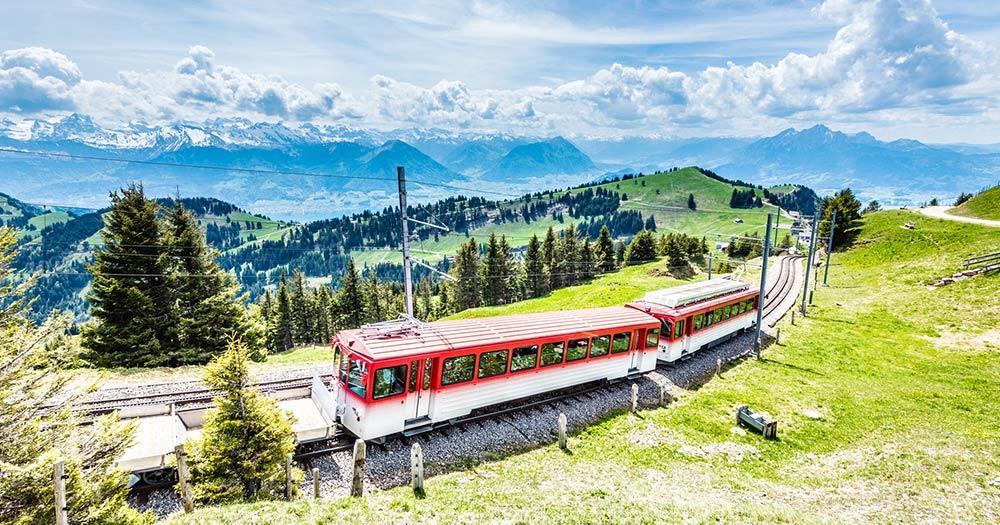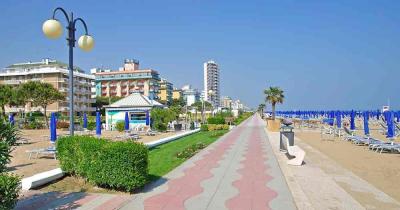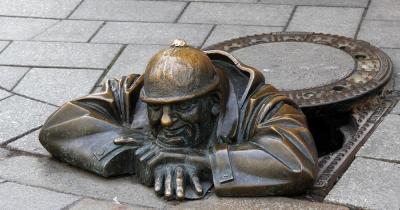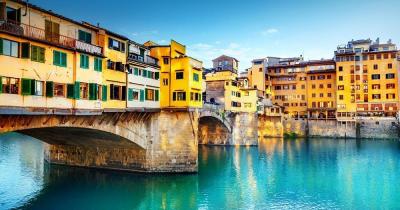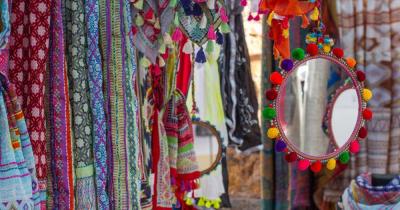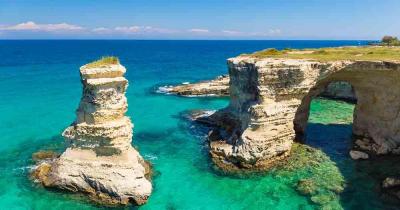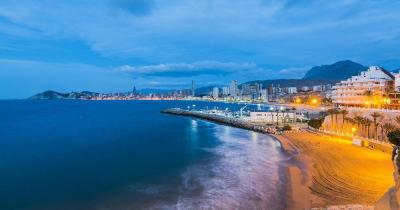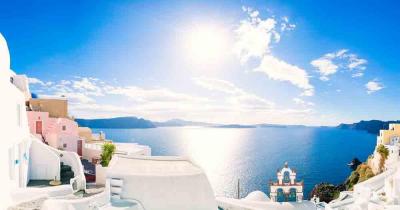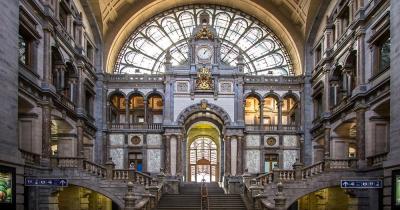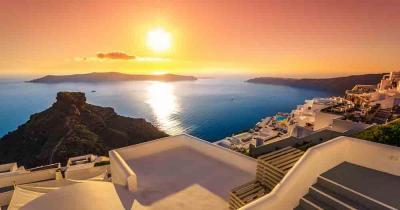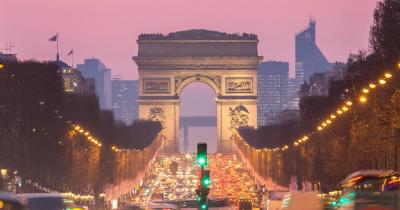Lucerne
A historical townscape shaped by cultural life and surrounded by picturesque landscape
Categories: Lucerne Canton of Lucerne Switzerland
The Swiss city of Lucerne is centrally located in the interior of the country. In the southeast, the city borders on Lake Lucerne. The Reuss, the fourth largest river in Switzerland, divides Lucerne into the Old and New Town. These are only connected by bridges. The city's picturesque location between the mountains and Lake Lucerne already favoured tourism in the middle of the 19th century.
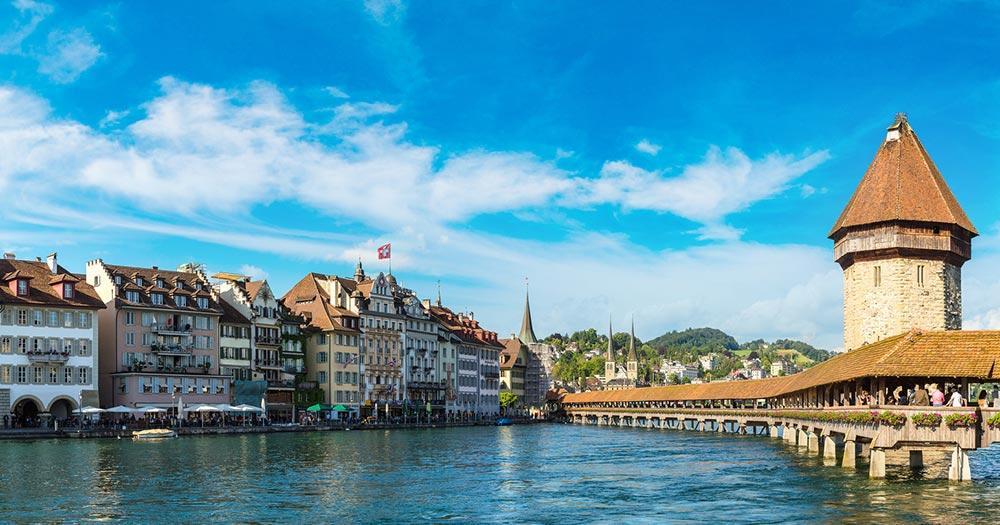 © Sergii Figurnyi / Fotolia
© Sergii Figurnyi / Fotolia
Sights of the city
At the beginning of the 20th century, passenger flights with the airship "Ville de Lucerne" were the attraction par excellence. Excursions on the paddle steamer on Lake Lucerne were also very popular. Five of the historic paddle steamers are still in operation today. Lucerne, which is divided by the Reuss, is also famous for its bridges. The 14th century Chapel Bridge in particular, with its octagonal water tower, dominates the cityscape.
Lucerne's historical townscape also includes the city's fortifications - the Museggmauer wall with its towers, the construction of which also dates back to the 14th century. It once surrounded the Old Town, where other Lucerne landmarks - such as the Anderallmend House (a half-timbered house from the 17th century) - can be found. Lucerne's sacred buildings worth seeing include the Court Church of St. Leodegar in the courtyard, the baroque Jesuit Church and the Franciscan Church.
The cultural Lucerne
Lucerne's cultural life is characterised above all by numerous events, festivals and celebrations. These include the 6-day Lucerne Carnival, whose carnival highlights are the parades on "Dirty Thursday" (Schmotzige Donnschtig) and Rose Monday (Güdismäntig).
The city celebrates another public festival on the last weekend in June. With around 20 festival places, the "Luzerner Fest" is the second largest of its kind in Lucerne. Since 1992, the "Blue Balls Festival", which is dedicated to soul, blues, jazz, rock and pop music, has also attracted around 100,000 visitors a year.
The city also has three larger theatres: the "Theaterpavillon", the "Kleintheater" and the "Luzerner Theater". The repertoire on the stages ranges from acting, music and dance to cabaret, literature and children's theatre. Concerts also take place in the "Musikzentrum Sedel", the "Konzerthaus Schüür" and the restaurant "Stadtkeller".
One of the city's most important museums is the Museum of Transport. It houses a large collection of cars, ships, locomotives and aircraft. 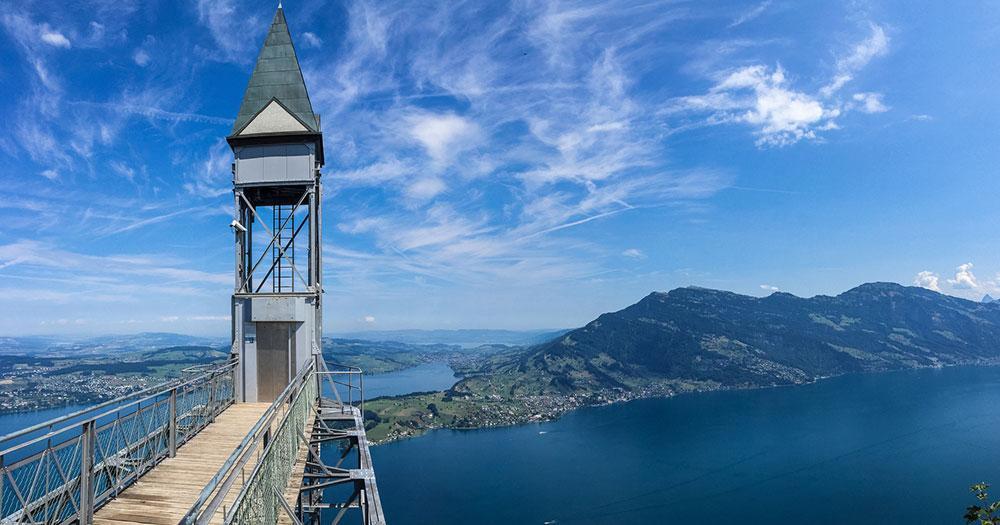 © Raymond Inauen / Fotolia
© Raymond Inauen / Fotolia
Works of art from the Renaissance to the present are on display in the Museum of Art Lucerne. Anyone who wants to find out about the city's history can visit the Historical Museum in the former armoury.
Historical everyday objects can be found here as well as traditional costumes from the region. The Museum of Nature Lucerne, which is located on Barracks Square, provides visitors with information on all aspects of natural science and flora and fauna in the canton.
